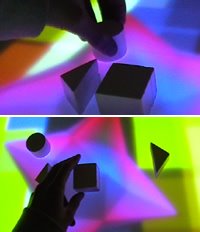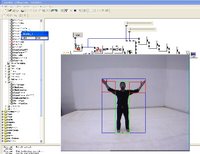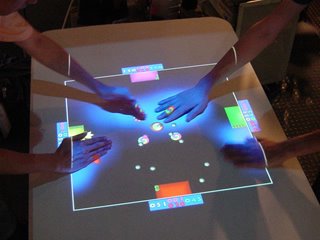Not Specks!
Small profile computing hardware is ideal for standalone interactive applications or special interfaces.
the small format PICS and Atmel microchips are fantastic, but there are boards being produced with more bits, aimed at producing applications that are perhaps easier to develop...
Arduino

Alternative micro computing boards - open source too and uses the language "processing" - it gets easier!
Amadeus, The ubiquitous computing project in York have some layout designs for DIY kits:
(looks a bit more specialised and complex...)

the small format PICS and Atmel microchips are fantastic, but there are boards being produced with more bits, aimed at producing applications that are perhaps easier to develop...
Arduino

Alternative micro computing boards - open source too and uses the language "processing" - it gets easier!
Amadeus, The ubiquitous computing project in York have some layout designs for DIY kits:
(looks a bit more specialised and complex...)






